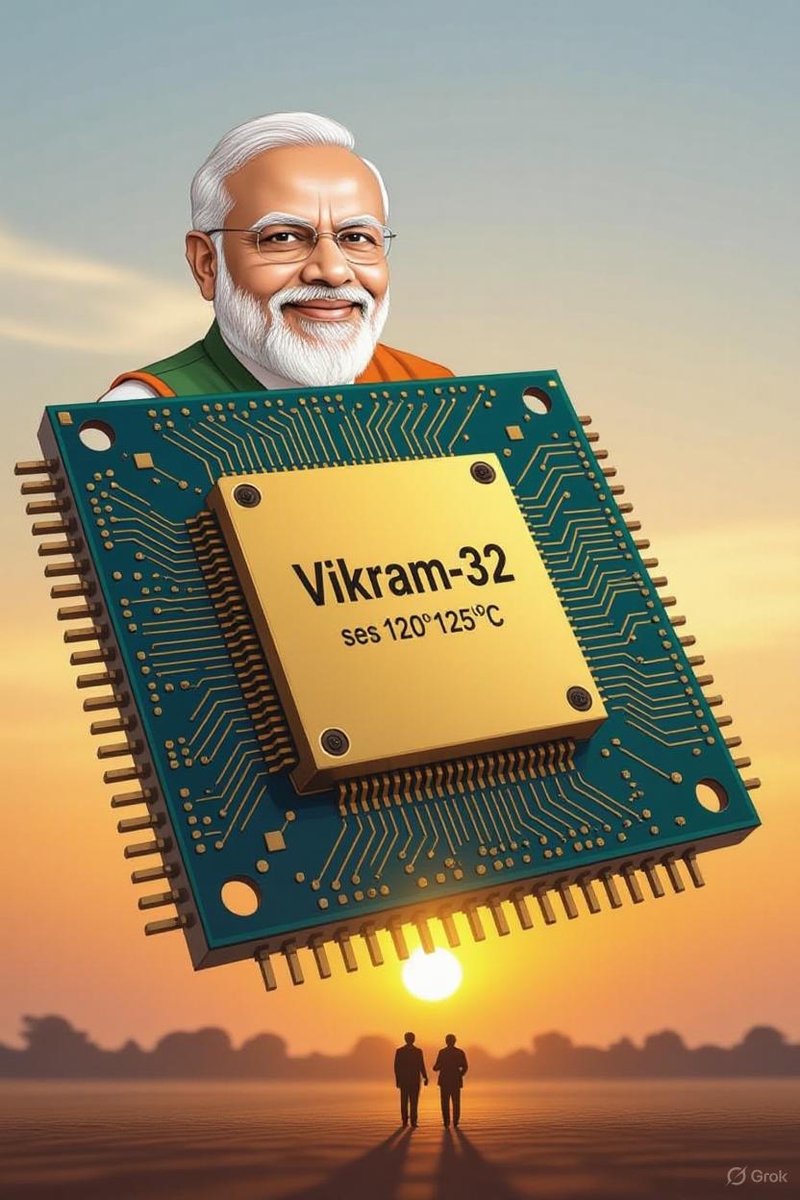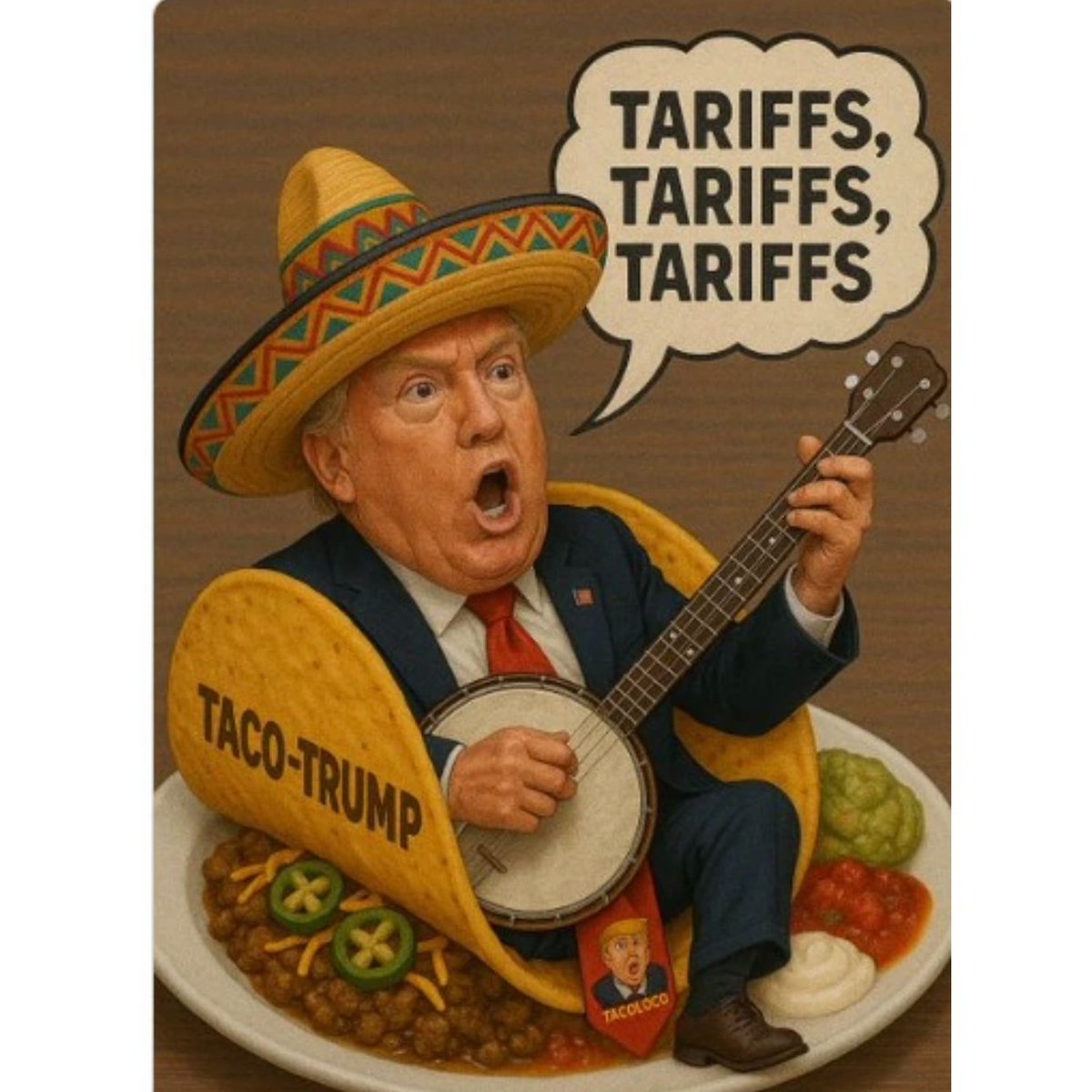MASSIVE! Renowned geo-economist Matteo Maggiori says UPI is not limited to India only, it has been designed for global payments system.
.
.
.
.
.
.
.
.
.
.
.
.
.
.
.
Read the entire post to know how India and China are building a Dollar Alternative
.
.
.
.
.
.
.
.
.
.
.
.
.
.
.
Read the entire post to know how India and China are building a Dollar Alternative

Renowned geo-economist Matteo Maggiori, a Stanford Graduate School of Business scholar with over 6,500 research citations, recently told The Economic Times that India and China are developing alternative payment systems to the U.S. dollar. Globally respected in the field of geoeconomics, his remarks carry serious weight.
Maggiori emphasized that India’s UPI is not just a domestic tool but a revolutionary electronic payment system with regional and global potential. If integrated with China’s own system, it could become a formidable challenge to U.S. financial dominance. While the U.S. dismisses such concerns—Treasury Secretary even laughed off the idea of the rupee challenging the dollar—Maggiori warns that even if 10% of global transactions move away from the dollar, it would be a game-changer for smaller economies like Nepal, Sri Lanka, Maldives, Venezuela, and Iran, offering them critical breathing space.
He explains power in two forms: Micro Power (sector-specific leverage such as rare earths or semiconductors) and Macro Power (broad, cross-sectoral dominance). The U.S. maintains macro power primarily through control of the financial sector, where systems like SWIFT, asset custody, global stock exchanges, and bullion trade are concentrated in Western hands. This allows Washington to freeze assets, impose sanctions, and cut countries off from the global economy—illustrated by actions against Russia.
Maggiori identifies key 21st-century chokepoints:
Financial Systems (SWIFT, reserves, exchanges) – the ultimate lever of power.
Technology (semiconductors, AI, data control, undersea cables, data centers).
Energy and Critical Resources (rare earths, Suez Canal, Strait of Malacca).
Financial Systems (SWIFT, reserves, exchanges) – the ultimate lever of power.
Technology (semiconductors, AI, data control, undersea cables, data centers).
Energy and Critical Resources (rare earths, Suez Canal, Strait of Malacca).
India’s UPI, already extended to neighboring countries, creates a sphere of influence where smaller nations can trade without dependence on the dollar, reducing Western leverage. China is building similar systems. If these integrate—possibly under BRICS—they could undermine SWIFT’s dominance and accelerate the shift toward a multipolar financial order.
Maggiori highlights U.S. vulnerability: trust in dollar hegemony depends on predictable, rules-based systems. But overuse of sanctions and reinterpretation of rules erodes credibility, pushing nations to seek alternatives. Post-Trump, fragmentation has accelerated. The U.S. isolated partners for bilateral deals, but now resistance and coordination are rising, leading to regional trade blocs, FTAs, and new payment systems.
Data supports the trend:
Dollar share in global trade invoicing has fallen from 85% (2000) to 40% today.
Dollar share of foreign exchange reserves dropped from 71% to 57%.
While dollar use in forex transactions rose to 90%, its role in trade and reserves is clearly weakening.
Dollar share in global trade invoicing has fallen from 85% (2000) to 40% today.
Dollar share of foreign exchange reserves dropped from 71% to 57%.
While dollar use in forex transactions rose to 90%, its role in trade and reserves is clearly weakening.
Maggiori concludes that the future will see distributed centers of power, with alternative financial systems—like UPI and China’s platforms—reshaping the global order. If 10% of trade moves off the dollar network, U.S. financial hegemony could collapse like a “house of cards.”
• • •
Missing some Tweet in this thread? You can try to
force a refresh











